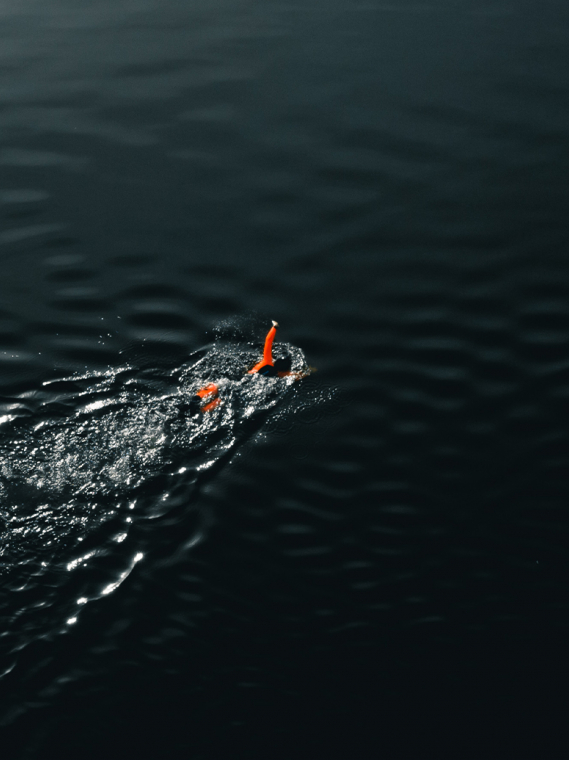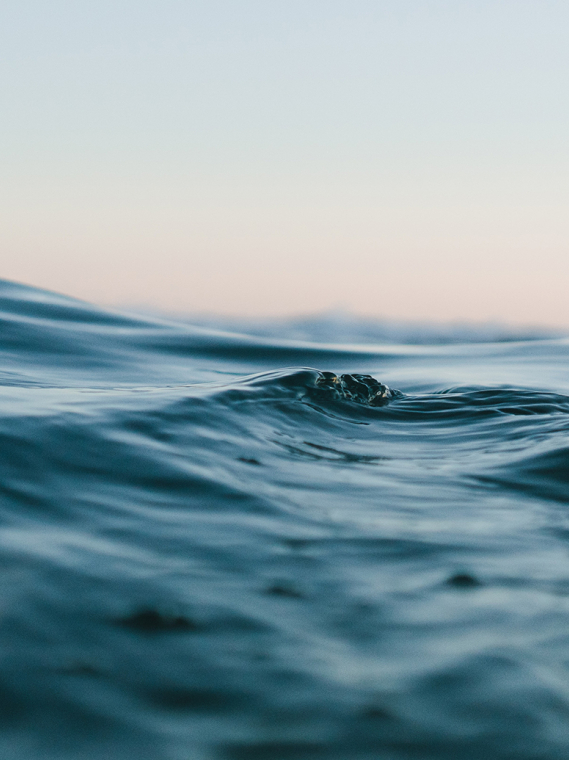
Open water swimming. A way to strengthen relationships.
Orca
November 2, 2021
For many the ocean is a place of healing but for some it is place that evokes trauma. Open Minds Active is a Bristol based social impact organisation...
The short film The Water Holds Me/The Water Binds Us is a collaboration between Charlotte Bates and Kate Moles, sociologists and swimmers based at Cardiff University, and illustrator, animator and swimmer Lily Mae Kroese, with sound by Jennifer Walton.

The short film “The Water Holds Me/The Water Binds Us” is an artful collaboration by Cardiff University sociologists and swimmers Charlotte Bates and Kate Moles, alongside illustrator, animator, and swimmer Lily Mae Kroese, with sound created by Jennifer Walton. It paints a colourful picture of what outdoor swimming feels like and what it brings to our lives as documented from studying the outdoor swimming community throughout the UK. Charlotte and Kate share with us experiences through the lens of their interviewees during the research project.
Two friends quickly undress at the edge of the lake. Pulling on wetsuits and helping each other zip up, they walk towards the water. The seasons are turning and there is no time to waste. Without hesitating they walk barefoot into the still clear lake. The water gently ripples around their ankles in reply. A few more steps and they are waist-deep. The swimmers pause, laughing and swearing at the cold, feeling the water seep and trickle in, and then their bodies plunge under. There are many different rituals that swimmers use to enter cold water. Some clap their hands, others speak words aloud – ‘delicious, delightful, warm, rejuvenating, refreshing!’. Some swimmers stand in the water, splashing their wrists and necks, waiting for their bodies to adjust and accept the cold. Some ease their bodies in slowly, keeping their arms raised, feeling the water inch up their bodies, touching their thighs, wrapping around their waists, approaching their shoulders, resisting immersion until the last second. Others rush towards the water, knowing that they need to get in without hesitation. Whichever approach you take, there is a moment of no return, in which you must commit to taking the plunge. As Roger Deakin describes in Waterlog, entering the water is a deeply important physical and metaphysical moment, whereby both we and the environment we are part of change and are changed.

Illustration by Lily Mae Kroese
The swimmers look at each other, checking and reassuring one another, taking strength and resolve from being submerged together. These women are swimming through winter together, and they have made a promise to each other, to encourage, support and watch for each other in the water. Swimming in cold water invites people to be vulnerable and brave, to open themselves up to the elements while wrapping themselves up in their friendships. Downstream a solo swimmer floats, carried by the water. All over the UK, people enter cold waters where and when others do not follow. There are many reasons why we swim, but alone and together, swimmers recognise the power of water to comfort, restore and revive. As one swimmer wrote, ‘It’s always been my cold hug, my confidante and friend.’ Out at sea a pod of swimmers bob together in the waves, and a curious seal reminds us that we do not occupy the water alone. Sharing the water can be one of the most magical moments of a swim but these encounters have to be negotiated, and are powerful reminders of our place in the water.

Illustration by Lily Mae Kroese
As the cold starts to nag a bit more insistently, it is time to get out of the water and return to dry land, to peel off wet layers and seek warmth in a hot drink. The experience of being in the water is different depending on the water, the season, the kit we are using. It changes depending on how we feel, the stroke we swim and the people we are with. But, each swim, every time we enter the water, is marked by the commitment to crossing thresholds and moving from land to water, and this involves new ways of being and becoming. Entering cold water, we learn to be vulnerable, to understand risk, to know water, and to trust ourselves, each other and the waters we swim in. We make friends with other swimmers and with the water, forming close bonds that endure. Submerging in cold water simultaneously reveals our strength and our vulnerability, and swimming both exposes us to wildness and shelters us within the natural world. We leave the water with renewed strength and hope, and with a longing to return.

Illustration by Lily Mae Kroese
~
Like the water we swim in, The Water Holds Me/The Water Binds Us animates, holds and binds together our experiences of wild swimming. Based on the stories of women who dip, dive and swim in rivers, lakes and seas, it evokes many different experiences in one swim, from the anticipation of getting in cold water to the feeling of floating alone and the conviviality of bobbing together. The film celebrates the power of water to wash away pain and fear and restore and revive our relationships with the natural world and each other.

Illustration by Lily Mae Kroese
The Water Holds Me/The Water Binds Us is a collaboration between Charlotte Bates and Kate Moles, sociologists and swimmers based at Cardiff University, and illustrator, animator and swimmer Lily Mae Kroese, with sound by Jennifer Walton. Drawn from research with the wild swimming community across the UK, it is part of a larger project exploring what wild swimming feels like and what it brings to our lives. You can find out more about the project here: https://thewaterholdsme.tumblr.com


November 2, 2021
For many the ocean is a place of healing but for some it is place that evokes trauma. Open Minds Active is a Bristol based social impact organisation...

July 1, 2021
Bonnie Tsui brings us an excerpt from her book Why We Swim, a poetic and reflective essay on the act of swimming. An essential book for lovers of swim...

June 17, 2021
What does it mean to be a swimmer in natural waters or what is known as a wild swimmer? This was the question posed by Kate Moles and Charlotte Bales,...